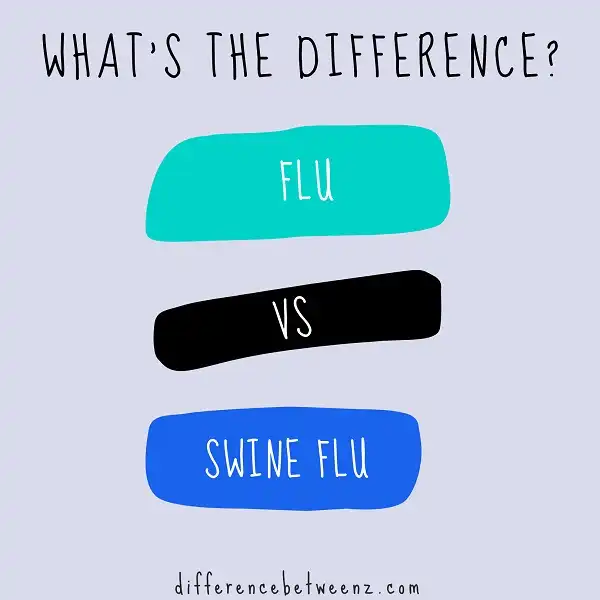The H1N1 virus, more commonly known as swine flu, caused an outbreak of illness in 2009. Swine flu is a type of influenza virus that infects pigs, but can also cause illness in people. The flu is a common respiratory infection that most people will experience at some point in their lives. There are several different types of the flu virus, but the most common is the type A influenza virus. Symptoms of the flu include fever, cough, sore throat, and body aches. Both the flu and swine flu are preventable with a vaccine. It is important to get vaccinated against both viruses each year to help protect yourself from infection.
What is Flu?
Flu, or influenza, is a highly contagious respiratory infection caused by the flu virus. Flu symptoms can include fever, chills, body aches, cough, and fatigue. Flu is spread through coughing and sneezing, and it can also be passed on through contact with contaminated surfaces. Flu can be serious, especially for people with underlying health conditions. That’s why it’s important to get a flu vaccine every year. The best way to protect yourself from flu is to get vaccinated. Flu vaccines are available for free through many healthcare providers and pharmacies.
What is Swine Flu?
Swine flu, also known as H1N1, is a highly contagious viral disease that has caused many concerns in recent years. This illness primarily affects pigs, though it can also be transmitted to humans. Swine flu can spread quickly through a herd of pigs, but it may also be transmitted through people who come into contact with infected animals. Symptoms of swine flu include high fever, body aches, fatigue, and coughing. If left untreated, this illness can lead to pneumonia and other serious complications. Thankfully, there are a number of preventative measures that can be taken to reduce the risk of contracting swine flu. These include washing your hands frequently, staying away from ill individuals, and getting vaccinated against the virus.
Difference between Flu and Swine Flu
Flu, or influenza, is a virus that primarily affects the nose, throat, and lungs. Flu symptoms can include fever, sore throat, runny nose, coughing, and fatigue. Flu is highly contagious and can be passed through coughing or sneezing. Swine flu is a strain of Flu that originated in pigs. Humans can contract swine flu if they come into contact with infected pigs or if they are in close proximity to someone who has the virus. Swine flu symptoms are similar to those of Flu; however, the virus can be more severe and can sometimes lead to death. Swine Flu is less common than Flu, but it is more dangerous. There is no specific treatment for Swine Flu; however, Flu can be treated with antiviral medications.
Conclusion
The H1N1 virus, more commonly known as Swine Flu, first made headlines in 2009. In the years since it has continued to make sporadic appearances around the world. This year’s flu season is seeing a resurgence of the virus, with cases being reported in many countries. However, what exactly is Swine Flu and how does it differ from other types of influenza? Here we take a look at the history, symptoms, and treatment of this potentially deadly virus.


